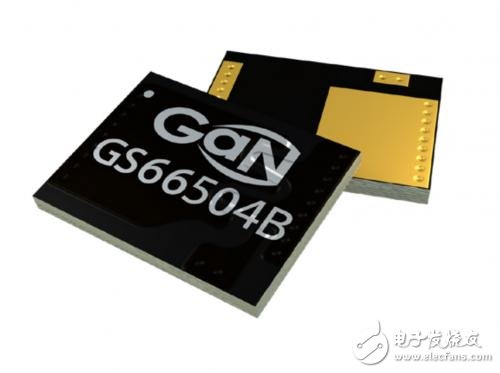The EU has set an ambitious goal of reducing its overall greenhouse gas emissions by at least 80% by 2050. To achieve this goal, the contribution of the automotive industry will be very important. Although the American Enterprise Average Fuel Economy (CAFE) standard is likely to be subject to review by the Trump administration, it plays an important role in improving the environmental protection of vehicles. If these standards remain the same, automakers will need to significantly improve fuel economy in all aspects and expect to reach an average of 49 miles per gallon (49 mpg) by 2022.
If all of these goals are to be achieved, it will become critical to have greater market share for electric vehicles (EVs) and hybrid vehicles (HEVs). According to an analysis by Bloomberg New Energy Finance, by 2040, electric vehicles will account for 35% of global auto shipments (equivalent to 41 million units). However, there is still a huge gap between the situation we see in the market today. In addition to Norway (now selling more than 20% of cars are plug-in electric vehicles) and the Netherlands (electric vehicles have a market share of nearly 10%), including Germany, the United States, China, France, the United Kingdom and Japan, leading the world In the economy, the market share of electric vehicles is less than 1.5%.
To achieve a major shift from an internal combustion engine-type automotive engine to a more environmentally friendly HEV/EV-type vehicle, the core challenge that must be overcome is the very important power electronics technology. Consumers are required to pay a reluctant initial investment when purchasing a car. These high costs are mainly from the cost of power inverters and energy storage components. Other major challenges include the distance traveled by a car and the length of the charging process. Again, these problems are also due to the power electronics used.
Increasing the efficiency level of the power supply will help to make the inverter smaller and therefore more cost effective. This will also make them lighter, allowing the vehicle to travel a greater distance. At the same time, the advent of wide bandgap technologies such as gallium nitride (GaN) or silicon carbide (SiC) provides a technical way to avoid the inherent power loss in silicon devices. Both GaN and SiC have higher electron mobility and lower RDS [ON] parameters than silicon devices, they also support high switching speeds, and have higher breakdown voltage and higher thermal conductivity (especially SiC). . Improving power conversion efficiency can bring many benefits to thermal management. For example, heat dissipation issues are becoming less of a concern, making bills of materials less expensive and taking up less space while still maintaining high reliability.
GaN Systems' GS6650x family of GaN transistors is optimized for high voltage systems (up to 650V) in HEV/EV designs, and with the company's proprietary Island Technology, bus bars are no longer needed. This saves space. These transistors also draw current vertically from the chip, reducing inductance losses and achieving higher quality factor (FoM) values. This, in turn, helps to reduce the trade-off between saturation voltage and switching losses. The series is packaged in a GANPXTM package, which, while compact, ensures that both inductance and thermal resistance are effectively suppressed.
Similarly, Panasonic's X-GaN family of enhanced mode GaN power transistor devices have higher breakdown voltages (above 600V) while consuming minimal PCB space and a very limited number of additional passive components.

Figure 1: GS6650x series GaN transistors for GaN Systems for HEV/EV designs.

Figure 2: Comparison of the shape of a conventional MOS silicon transistor with Panasonic's X-GaNTM device.
GeneSiC combines advanced low-loss IGBTs with insulated gate bipolar transistors (IGBTs) in its GA100SIC family to replace traditional silicon freewheeling diodes with SiC-based Schottky rectifiers ( Freewheeling diodes), the switch performance has been greatly improved.
Here are a few examples of product innovations in the silicon carbide and GaN fields that are only for automotive engineers to implement next-generation power inverter technology.
Power discrete devices with widebandgap compounds are capable of supporting higher voltages and faster switching speeds, and are destined to be the basis upon which future HEV/EV power systems depend. The enormous potential of these emerging semiconductor materials is just beginning to be recognized.
Easy Electronic Technology Co.,Ltd , https://www.yxpcelectronicgroups.com